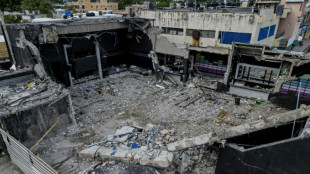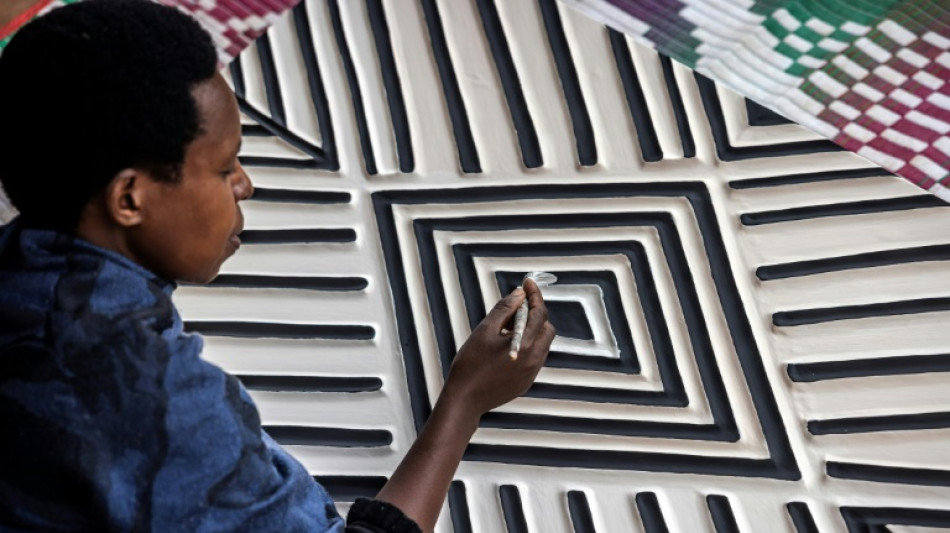
-
 Marseille go top in Ligue 1 as Lens thrash Monaco
Marseille go top in Ligue 1 as Lens thrash Monaco
-
Fourteen-man South Africa fight back to beat France

-
 Atletico, Villarreal win to keep pressure on Liga giants
Atletico, Villarreal win to keep pressure on Liga giants
-
Chelsea down Wolves to ease criticism of Maresca's rotation policy

-
 England's Genge eager to face All Blacks after Fiji win
England's Genge eager to face All Blacks after Fiji win
-
Wasteful Milan draw at Parma but level with Serie A leaders Napoli

-
 Fire kills six at Turkish perfume warehouse
Fire kills six at Turkish perfume warehouse
-
Djokovic pulls out of ATP Finals with shoulder injury

-
 Rybakina outguns world No.1 Sabalenka to win WTA Finals
Rybakina outguns world No.1 Sabalenka to win WTA Finals
-
Norris survives a slip to seize Sao Paulo pole
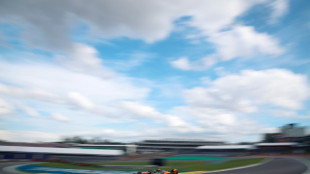
-
 Sunderland snap Arsenal's winning run in Premier League title twist
Sunderland snap Arsenal's winning run in Premier League title twist
-
England see off Fiji to make it nine wins in a row

-
 Australia connection gives Italy stunning win over Wallabies
Australia connection gives Italy stunning win over Wallabies
-
Arsenal winning run ends in Sunderland draw, De Ligt rescues Man Utd

-
 Griezmann double earns Atletico battling win over Levante
Griezmann double earns Atletico battling win over Levante
-
Title-leader Norris grabs Sao Paulo Grand Prix pole

-
 Djokovic edges Musetti to win 101st career title in Athens
Djokovic edges Musetti to win 101st career title in Athens
-
Rybakina downs world No.1 Sabalenka to win WTA Finals

-
 McKenzie ends Scotland dream of first win over New Zealand
McKenzie ends Scotland dream of first win over New Zealand
-
McKenzie stars as New Zealand inflict heartbreak upon Scotland

-
 De Ligt rescues Man Utd in Spurs draw, Arsenal aim to extend lead
De Ligt rescues Man Utd in Spurs draw, Arsenal aim to extend lead
-
Kane saves Bayern but record streak ends at Union

-
 Bolivia's new president takes over, inherits economic mess
Bolivia's new president takes over, inherits economic mess
-
Edwards set for Wolves job after Middlesbrough allow talks

-
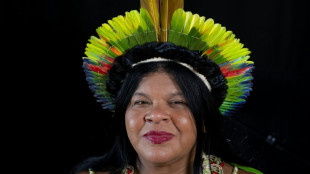 COP30: Indigenous peoples vital to humanity's future, Brazilian minister tells AFP
COP30: Indigenous peoples vital to humanity's future, Brazilian minister tells AFP
-
Marquez wins Portuguese MotoGP sprint race

-
 Saim, Abrar star in Pakistan's ODI series win over South Africa
Saim, Abrar star in Pakistan's ODI series win over South Africa
-
Norris extends title lead in Sao Paulo GP sprint after Piastri spin

-
 Man Utd have room to 'grow', says Amorim after Spurs setback
Man Utd have room to 'grow', says Amorim after Spurs setback
-
Tornado kills six, wrecks town in Brazil

-
 Norris wins Sao Paulo GP sprint, Piastri spins out
Norris wins Sao Paulo GP sprint, Piastri spins out
-
Ireland scramble to scrappy win over Japan

-
 De Ligt rescues draw for Man Utd after Tottenham turnaround
De Ligt rescues draw for Man Utd after Tottenham turnaround
-
Israel identifies latest hostage body, as families await five more

-
 England's Rai takes one-shot lead into Abu Dhabi final round
England's Rai takes one-shot lead into Abu Dhabi final round
-
Tornado kills five, injures more than 400 in Brazil

-
 UPS, FedEx ground MD-11 cargo planes after deadly crash
UPS, FedEx ground MD-11 cargo planes after deadly crash
-
Luis Enrique not rushing to recruit despite key PSG trio's absence

-
 Flick demands more Barca 'fight' amid injury crisis
Flick demands more Barca 'fight' amid injury crisis
-
Israel names latest hostage body, as families await five more

-
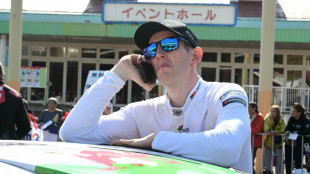 Title-chasing Evans cuts gap on Ogier at Rally Japan
Title-chasing Evans cuts gap on Ogier at Rally Japan
-
Russian attack hits Ukraine energy infrastructure: Kyiv
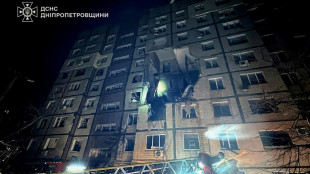
-
 Kagiyama tunes up for Olympics with NHK Trophy win
Kagiyama tunes up for Olympics with NHK Trophy win
-
Indonesia probes student after nearly 100 hurt in school blasts

-
 UPS grounds its MD-11 cargo planes after deadly crash
UPS grounds its MD-11 cargo planes after deadly crash
-
Taliban govt says Pakistan ceasefire to hold, despite talks failing
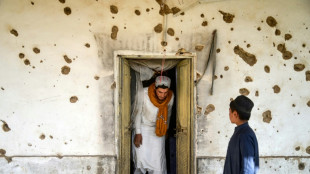
-
 Trump says no US officials to attend G20 in South Africa
Trump says no US officials to attend G20 in South Africa
-
Philippines halts search for typhoon dead as huge new storm nears

-
 Bucks launch NBA Cup title defense with win over Bulls
Bucks launch NBA Cup title defense with win over Bulls
-
Chinese ship scouts deep-ocean floor in South Pacific


Reviving a traditional art form in Rwanda after genocide
A 200-year-old Tutsi art form made with cow dung, Rwanda's imigongo painting tradition has experienced a revival in the Great Lakes nation three decades after the 1994 genocide, becoming a symbol of culture and unity.
Known for its raised black and white patterns, imigongo is widely believed to have been invented by a Tutsi prince in the 19th century.
Prince Kakira mixed cow dung and ash to create a material which he used to paint three-dimensional patterns on the walls of his palace in eastern Rwanda's Gisaka kingdom.
The tradition was named after "umugongo", the Kinyarwanda word for "spine", owing to its curved lines, and became popular among rural households where women would use dung and natural pigments made with soil, clay and aloe sap to decorate their homes.
Basirice Uwamariya, founder of the Kakira Imigongo Cooperative in eastern Kirehe district, told AFP she started making art when she was 15.
But the 1994 genocide targeting the Tutsi minority nearly wiped out the tradition, with almost all 15 members of Uwamariya's cooperative killed in a bloodbath that claimed around 800,000 lives across Rwanda, including moderate Hutus.
She lost her husband and multiple relatives, leaving her to fend for herself and her two sons.
"I lived in darkness, in silence," the 53-year-old said, recalling the loneliness that pushed her to revive the cooperative in 1996 and invite other genocide survivors to join her.
Since then, imigongo has evolved.
Traditional patterns exist side by side with modern designs featuring various colours. Natural pigments have been replaced by commercial paints.
Imigongo designs have made their way to upmarket studios and fashion boutiques, adorning garments and wooden artefacts alike, with a market that includes foreigners and Rwandans.
According to Theoneste Nizeyimana, manager of Azizi Life Studio in the capital Kigali, the tradition was once largely limited to eastern Rwanda.
"But after the genocide destroyed everything... people started thinking about how they can bring back their culture. Today, imigongo is appreciated by all Rwandans, not just Tutsi," he told AFP.
"Imigongo is something that brings people together," he said, pointing out that the Kigali boutique and studio holds painting classes for students whose ages range from four to 75 years old.
It also makes business sense, he said, with its instantly recognisable patterns helping to market "made in Rwanda" designs around the world.
F.AbuShamala--SF-PST

